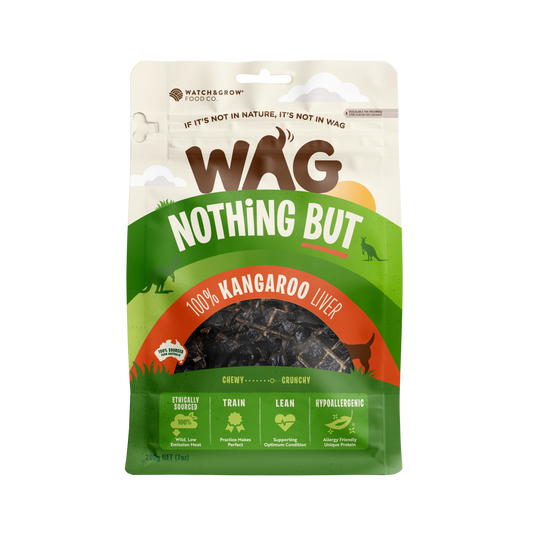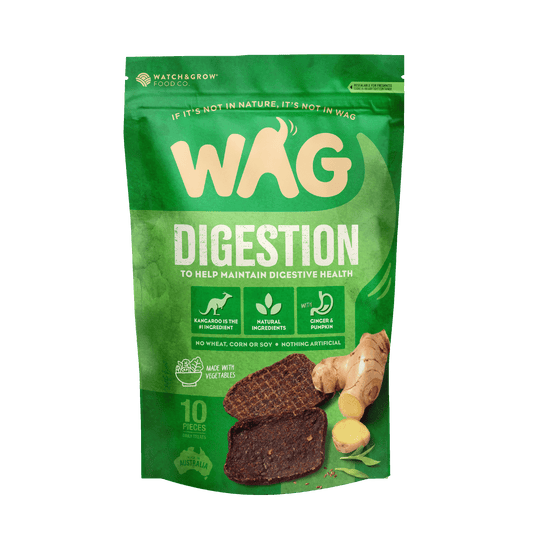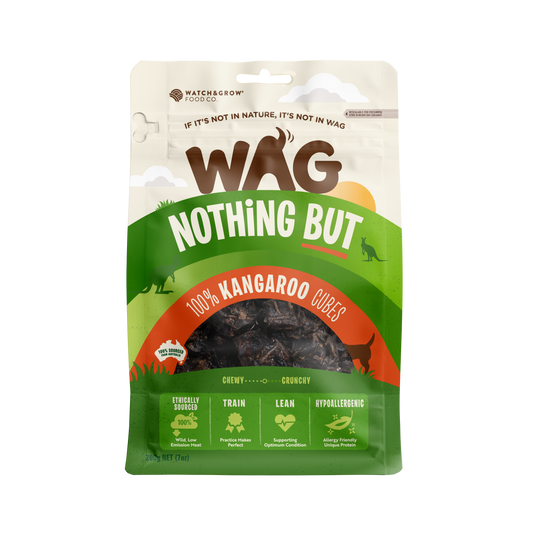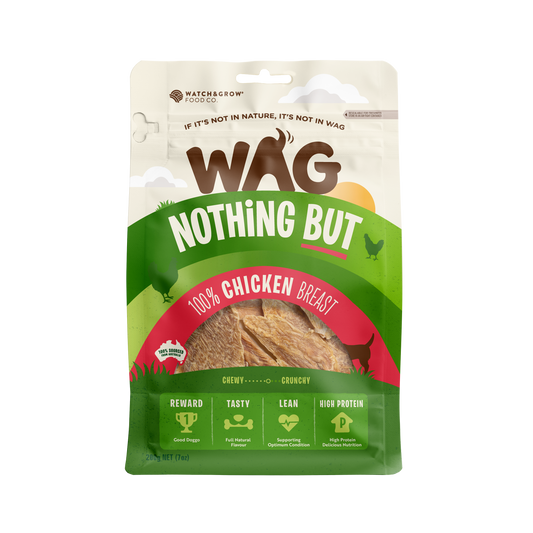What is operant conditioning and should I use it for training my dog?

Dog training is something that many pet owners can struggle with. It’s not always easy and it can take time. But it’s an activity and behaviour that we should all strive towards on own levels.
Good training can do more for your relationship than just teaching your doggo obedience. Training can act as a bonding session between you and your pet, build trust in your relationship, and help stimulate your pup with different activities.
There are many training techniques for how to best train your dog. But the most common technique in life for both pets and humans is operant conditioning.
What is operant conditioning?
Operant conditioning, also referred to as instrumental conditioning, is a way of learning through rewards and punishments for behaviour. It’s a training technique that we subconsciously learn as children that your pup will also learn in certain environments naturally.
The idea behind operant conditioning looks at the association of actions and the consequences of those actions. Founded by behaviouralist B.F Skinner, operant conditioning looks at how we learn the consequences of behaviour and use that to drive our actions in the future.
For instance, as children we learn not to touch a hot pan on the stove or in the oven. If we’re lucky, we’re taught this by our parents before we learn the lesson ourselves. If not, we receive a burn when touching the pan. This negative consequence then teaches us that maybe it’s best to avoid the stove in the future.
Operant conditioning relies on two trains of thought; reinforcement and punishment. Behaviours that are reinforced we’re more likely to do again in the future. Behaviours that receive a punishment we’re more likely to avoid.
The same goes for our dogs.

How does it work?
You might have heard some, if not all, of the following terms that make up the four quadrants of operant conditioning: positive reinforcement, negative reinforcement, positive punishment and negative punishment.
In operant conditioning, reinforcement means that we are increasing a behaviour while punishment means that we want to deter a behaviour. Pretty simple so far. And, just like in life, the positive influence of operant conditioning means to add or apply something, while the negative means to take something away.
This makes the terms positive reinforcement and negative punishment pretty self-explanatory. But what happens when we apply a negative with a positive, such as negative reinforcement or positive punishment? This is where it gets more complicated, so we’ve broken it down into some examples.
Positive Reinforcement
Your dog receives a favourable outcome after exhibiting the desired behaviour. For instance, Bella sits on command and is given the treat to reinforce that positive action.
Positive Punishment
You add an unfavourable outcome after an undesired behaviour. A good example of this is if you’re teaching your dog to heel. If Bella pulls forward on the lead you can apply pressure to add that unfavourable outcome as punishment for the behaviour.
Negative Reinforcement
Negative reinforcement means that you’re removing an unfavourable outcome when your dog presents the right behaviour. This reinforces that what they were doing was wrong and can often come directly after positive punishment. For instance, you remove pressure from the lead when Bella walks at a heel. Another example of negative reinforcement could be if you are ignoring your dog because they’re trying to jump up on you. Once they stop jumping, you can remove the undesired outcome which is you ignoring them, and praise them instead.
Negative Punishment
Your dog has a favourable outcome removed after they display undesired behaviour. This is a trickier one and can often come when you are trying positive reinforcement and your pup isn’t quite cooperating. For instance, if you go to give Bella a treat for sitting but she jumps up before you’ve done so, she no longer receives that treat.
Why use operant conditioning when training your dog?
Dogs are operant learners. Like us humans, they learn by the good or bad consequences that come from a certain action or behaviour. This is what makes operant conditioning such a good technique when training your dogs.
The scientific method doesn’t just apply to our pets as well. It works with mice, rats, sea-life, and even us. We all experience operant conditioning in our everyday life. It’s the behaviours within the technique that we choose to use that really comes down to whether or not it works.
Both positive and negative reinforcement can be used as methods on their own when training. But remember that both positive and negative punishment should always be followed by their reinforcing behaviour.
Isn’t punishment training bad for dogs?
There’s a reason that we’re pushed away from punishment training with our dogs. That’s because on its own, punishment training does not work. If you are trying to train your dog using only the aversive training techniques of operant conditioning, it’s only going to result in frustration for you and your dog.
Punishment techniques can be used in the right circumstances, but should only ever be used with their opposing reinforcement methodology. For example, if Bella pulls on the lead and you apply pressure as positive punishment when she stops pulling on the lead you should always remove that pressure as negative reinforcement. Similarly, if Bella jumps up for her treat and you negatively punish her by removing the treat, add positive reinforcement back into the session by making her sit and then rewarding her with the treat when she stays seated.
But simply punishing your dog for a behaviour that you don’t like is not the way to increase the bond between you and your best friend. If your puppy is chewing on your slippers or having an accident inside, think about how you can reinforce the behaviour that you do want instead. Perhaps it’s positively rewarding your dog when they go outside to do their business or encouraging them to play with a squeaky toy rather than your favourite booties.
Remember that dogs can only make a connection between their behaviour and a consequence within a couple of seconds. When training, make sure you reward them for their behaviour as soon as you can. You should also avoid reprimanding them for something they’ve done that you haven’t seen at the time. You might think that they look guilty for the behaviour but they’re really just reacting to your response.
Should I use treats for training?
Particularly when it comes to positive reinforcement, using a treat to motivate your dog is a great way to reinforce good behaviour down the track. Even if your dog can already successfully perform the desired behaviour you can still reward them with the occasional treat. It’s a good reminder that good behaviour leads to desirable outcomes.
Training your dog doesn’t mean that your pup has to be ready for a show-grade performance. But it can mean the difference between your pet listening to you in a stimulating, or something even risky, environment. Dog treats — especially natural and healthy ones — can incentivise your dog to act on their best behaviour.
And as we all know, a well-behaved dog can mean a happier, safer life at home for the two of you.
If your dog isn’t into treats then it’s important to find out what else motivates them. Search for that reward they love and use it to stimulate them and make your training session a success.
Ready for your next training session? Here’s a list of the best dog treats for training with your pooch.
Shop the Recipe
WAG Team
Up Next
5 top training treats your dog can't resist




